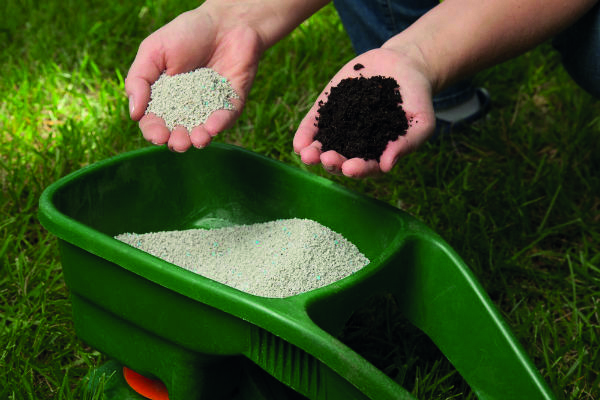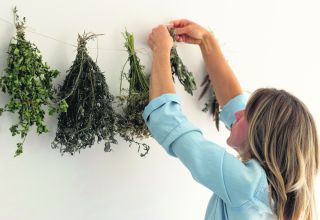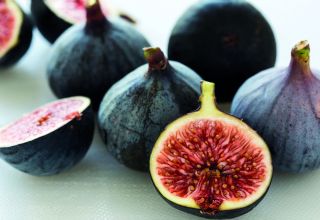
Country Gardener supports the move to more organic fertilisers being available to gardeners. Here we trace the use of chemicals on our soil and look at why a more realistic approach is needed
Food is essential for all living beings and it is a well-known fact our choices of food dictate health and well-being.
The same is true for plants.
Plants find nourishment from the soil and in the case of crop plants if this goodness isn’t replenished then soils become unproductive. Soil scientists are beginning to understand the complexity of the soil food web and estimate a single handful of soil contains more individual organisms than there are people on Earth, as reported in Farmers Weekly November 2015.
Humans have been cultivating the land to grow crops for at least 10,000 years, probably longer. The agricultural practices during that time were small scale to support a local population. Between the 16th and mid 19th Century things changed with the development of mechanisation, plant breeding and the four crop rotation system.
Crop rotation was learned through trial and error, soils could stop being productive when the same crop was grown repeatedly. Crop rotation replenishes soil nutrients through different crops being grown with different needs and some crops contribute back nutrients to the soil. Modern farmers are increasingly looking to crop rotation as an effective method of managing soil nutrients.
In 1910 a German chemist, Fritz Haber patented a process developed by Carl Haber, (who worked for BASF) and the corner stone of producing synthetic nitrogen based inorganic fertilisers was perfected. Decades later another chemical process (The Oda Process) was developed to allow mined rock phosphate to be converted into a useful fertiliser.
This chemical based fertiliser contained the main plant nutrients of (N) nitrogen, (P) phosphorous and (K) potassium and thus Growmore available today in garden centres was born, technology nearly 100 years old.
This led to massive population growth as agricultural land became more productive and allowed the population to grow, not being kept in check by inadequate food supply.
Currently the Haber Process process produces 450 million tonnes of fertiliser annually and consumes two per-cent of the whole planets’ energy production. There are only 50 years left of rock phosphate left before the mines run dry. This has lead governments, scientists and industry leaders recognising these problems and creating organisations such as The Phosphorous Alliance in North America and the Phosphorous Platform in Europe.
In recent years the agricultural community have started to see problems with the use of inorganic fertilisers, with soil organic matter depletion and leaching of nutrients into rivers and waterways. If you change so radically how soils are managed to grow crops then the composition of the soil changes. What will become of the multitude of organisms that make up a healthy fertile soil?
If you take out a tonne of crops you need to put a tonne of goodness back into the soil. Chemical fertilisers only supply a limited range of nutrients and for soils to function, effectively and biologically they need a more realistic approach.
Organic Fertilisers
To have any discussion about organics some definition of terms is necessary. Firstly from a perspective of science based chemistry an organic fertiliser is any fertiliser derived from plants and animals.
This is a very problematic term for a garden centre customer as the definition of the scientific community, subsequently used by fertiliser supply companies is unlikely to be the same as the consumer’s perception.
An organic fertiliser should be good for the environment, safe to use, derived from natural sustainable sources?
If it is an organic chicken fertiliser then the raw material will come from happy healthy hens, reared under free range or organic conditions?
Unfortunately for the consumer in some cases this is simply not the case.
Coupled with the fact that it is possible to find an inorganic chemical fertiliser that has a small amount of organic fertiliser (such as bonemeal or seaweed meal) added and then the product is labelled organic.
The majority of garden centre fertilisers are inorganic and chemical based, unless the packaging says otherwise .
There is unfortunately no regulation in the garden centre industry where products labelled as organic have to meet certain regulatory standards. There are a few voluntary regulatory stamps of approval of which the Soil Association is the best out there.











